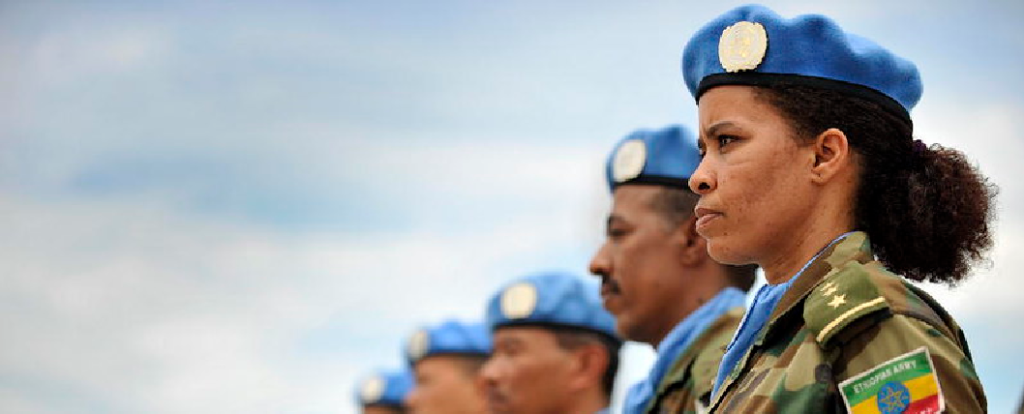The year 2023 marks the 75th anniversary of United Nations peace missions. In May 1948, the UN deployed its first peacekeeping operation, the UN Truce Supervision Organization (UNTSO), and its first high-level mediator, Count Folke Bernadotte, in response to the conflict in the Middle East.
Since 1948, UN peace missions have seen important evolutions. During the Cold War, they mostly consisted of observer missions with the main objective of monitoring ceasefire agreements (e.g. UNDOF and UNMOGIP). In the post-Cold War period, peace missions took on multidimensional mandates supporting the implementation of comprehensive peace agreements. At the same time, the idea of enforcing peace became increasingly accepted with missions being authorised to use force to fulfil their mandates, especially to protect civilians and stabilise conflict situations. The missions in Central African Republic (MINUSCA), the Democratic Republic of Congo (MONUSCO), and Mali (MINUSMA) illustrate these types of UN peace missions.
In recent years, and partly because of a rapidly changing global order, UN peace missions have again witnessed important changes. Three trends are particularly noteworthy.
First, peace missions are marked by increased geopolitical competition among member states. However, even if the UN Security Council’s permanent members (P5) clash on key decisions (see Syria or Ukraine), they have renewed the mandates of existing missions, though sometimes with abstentions. Indeed, research shows that UN member states still agree on the important role the UN plays in peacebuilding and that the P5 only block missions in ally states when they include mandate tasks that may be considered intrusive, such as civil society capacity building and the promotion of independent media.
Second, we observe a shift away from peacekeeping operations towards political missions. The latter focus on political tasks and are composed of mostly civilian staff. They can come in the form of Special Political Missions, such as in Afghanistan (UNAMA) and Libya (UNSMIL), or Special Envoys, such as in Yemen and Syria. While the number of newly deployed peacekeeping operations declined from 36 in the decade following the end of the Cold War (1991-2000) to six in the last decade (2011 to 2020), the number of political missions remained stable, averaging about 20 new missions in both decades.
Third, the coordination of donors, partners and UN agencies, as well as good offices and mediation are the two most frequently assigned tasks to UN peace missions. This indicates the core diplomatic and political function of UN peace missions. Along with the trend away from peacekeeping missions towards political missions mentioned above, it suggests that the UN’s peace contribution may lie more in political support than in multidimensional stabilisation efforts.
Peace missions continue to evolve. Their development and relevance over the next 75 years will depend primarily on their capacity to adapt to a changing global context.
Photo credit: UN Photo/Christopher Herwig
GENEVA GRADUATE INSTITUTE
Chemin Eugène-Rigot 2A
Case postale 1672
CH - 1211 Geneva 1, Switzerland
+41 22 908 57 00
ADMISSIONS
prospective@graduateinstitute.ch
+ 41 22 908 58 98
MEDIA ENQUIRIES
sophie.fleury@graduateinstitute.ch
+41 22 908 57 54
ALUMNI
carine.leu@graduateinstitute.ch
+ 41 22 908 57 55





